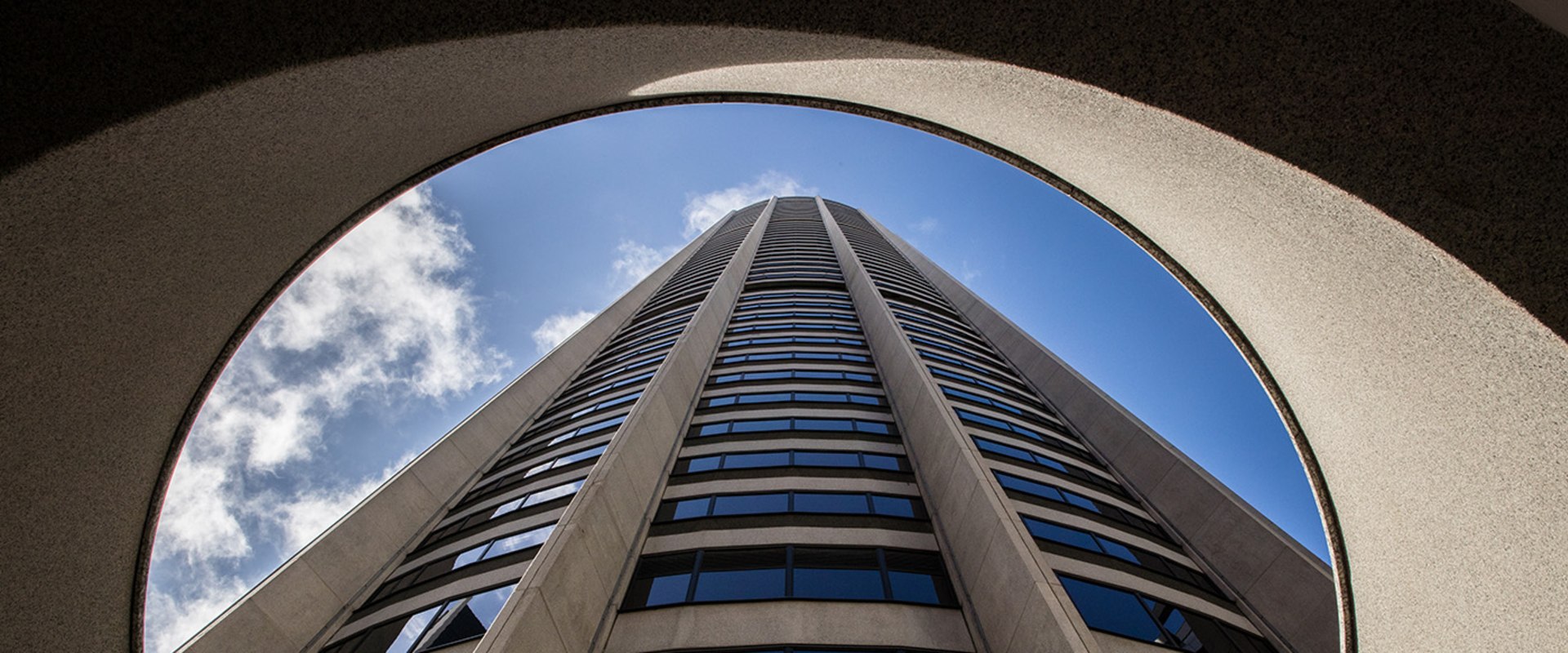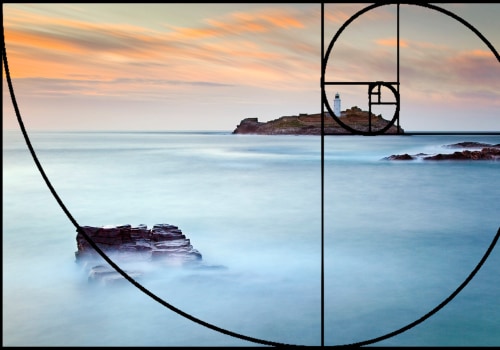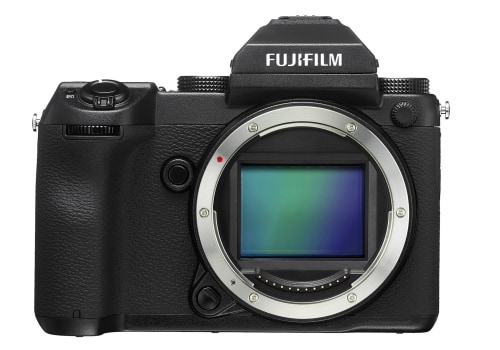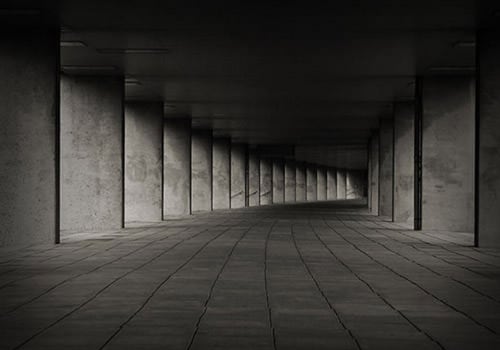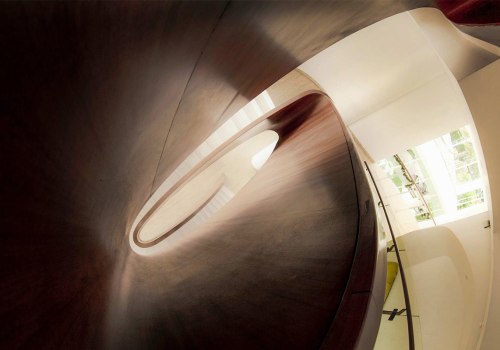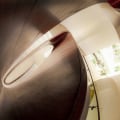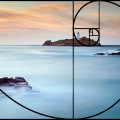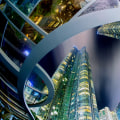Architectural photography is the art of capturing the beauty and intricacies of buildings, from grandiose landmarks to small-scale houses. When it comes to commercial architectural photography, the stakes are even higher. With its high artistic and technical demands, commercial architectural photography requires the right camera settings and lenses to ensure the best quality images. In this article, we will discuss the various camera settings and lenses that professional photographers use to capture stunning commercial architectural photographs. We will discuss topics such as shutter speed, white balance, ISO, focal length, and depth of field, as well as the benefits and drawbacks of using different types of lenses.
We will also provide tips for optimizing your camera settings for commercial architectural photography. Whether you are a novice photographer or an experienced professional, this article will provide you with all the information you need to take beautiful commercial architectural photographs. Understanding the camera settings and lenses for commercial architectural photography is essential for creating stunning images. Using the right settings and lenses for the job can make a huge difference to the quality of the photos. It's important to familiarize yourself with the different camera settings available and how each of them can be used to capture stunning images.
Exposure
is the most important setting when it comes to taking architectural photos.This setting dictates how much light is allowed into the camera. Adjusting the exposure can help you create a range of different effects, from bright and airy to dark and moody.
Aperture
is also an important setting for architectural photography. This setting controls how much light is allowed in through the lens.A wider aperture will allow more light in, resulting in a brighter image, while a narrower aperture will result in a darker image.
Shutter speed
is another important setting for architectural photography. This setting dictates how long the shutter stays open, allowing light to enter the camera. A slower shutter speed will result in a brighter image, while a faster shutter speed will result in a darker image.ISO is another important setting that affects the brightness of an image. A higher ISO will result in a brighter image, while a lower ISO will result in a darker image.
White balance
is also an important setting that affects how colors appear in an image. Different settings can be used to achieve different effects, such as warmer or cooler tones.Focus is also an important setting for architectural photography. This setting determines which part of the image is sharp and which part is blurred. Different focus points can be used to draw attention to certain elements in an image. In addition to understanding the different camera settings, it's also important to understand which lenses are best suited for architectural photography. Wide angle lenses are ideal for capturing expansive views of structures, while telephoto lenses are great for capturing details from far away.
Prime lenses are great for achieving sharp images with shallow depth of field, while zoom lenses are great for capturing both wide and close-up shots. Finally, here are some tips on how to get the most out of your camera settings and lenses when shooting commercial architectural photography:
- Choose the right lens for the job – wide angle lenses are great for capturing expansive views, while telephoto lenses are great for capturing details from far away.
- Experiment with different settings – don’t be afraid to try different combinations of settings to see what works best.
- Use manual settings when necessary – sometimes manual settings are necessary in order to achieve certain effects.
- Experiment with different focus points – changing the focus point can help draw attention to certain elements in an image.
Lenses for Commercial Architectural Photography
When it comes to lenses for commercial architectural photography, you’ll want to choose lenses that can capture the entire scene in sharp detail. Wide angle lenses are often used for this type of photography, as they can capture a large area without having to move the camera. A wide angle lens also allows you to capture more of the environment, such as the sky and surrounding landscape.Prime lenses can be used as well, as they provide a higher level of detail and sharpness. A tilt-shift lens is also a great option for commercial architectural photography, as it can produce images with an interesting perspective. A tilt-shift lens can create an optical effect that makes buildings look like miniature models, which can be used to add an interesting element to a photograph. Some other lenses that can be used for this type of photography include macro lenses, telephoto lenses, and fisheye lenses. In addition to the lens you choose, it’s also important to consider the camera settings you use. When shooting with a wide angle lens, you’ll want to use a low aperture setting (such as f/2.8) to ensure the entire scene is in focus.
For telephoto lenses, you may want to use a higher aperture setting (such as f/8) to ensure the subject is in focus and the background is blurred out. You should also consider the ISO setting of your camera; while higher ISO settings can produce better images in low-light situations, they can also introduce noise into your photos. When it comes to commercial architectural photography, understanding the different lenses and settings available can help you get the most out of your shoots. From wide angle lenses and tilt-shift lenses to macro and telephoto lenses, there are many different options available that can help you create stunning images of buildings and structures.
Tips for Getting the Most Out of Your Camera Settings and Lenses
When shooting commercial architectural photography, it's important to make sure you're getting the most out of your camera settings and lenses. Here are some tips to help you get the best results:Choose the Right LensThe lens you choose for your shoot depends on the type of architecture you’re photographing.For example, if you’re shooting a skyscraper, you’ll need a wide-angle lens to capture the whole building. On the other hand, if you’re shooting a smaller building, a telephoto lens will let you focus on specific details.
Know Your Camera Settings
Once you’ve chosen the right lens, it’s time to adjust your camera settings. The most important setting is shutter speed. This will determine how much light enters your camera and how much motion blur is captured.For most architectural shots, a shutter speed of 1/125th of a second should be enough to capture sharp images. You may also want to experiment with different aperture settings to get the desired depth of field.
Use a Tripod
Using a tripod is essential for architectural photography, as it allows you to take sharp, clear photos without blur. A tripod will also help you take longer exposures if needed. Be sure to use a sturdy tripod that can handle the weight of your camera and lens.Consider Lighting Conditions
Lighting conditions can have a big impact on your photos.When shooting in direct sunlight, be aware of shadows and try to use natural light as much as possible. If you’re shooting at night, you may need to use artificial lighting such as spotlights or flash.
Experiment With Different Angles and Perspectives
Finally, don't be afraid to get creative with your shots. Try different angles and perspectives to capture unique images. You can even experiment with night photography and long exposures for dramatic effects.Camera Settings for Commercial Architectural Photography
When shooting commercial architectural photography, the camera settings you choose will play a huge role in the quality of your final images.Depending on the type of architecture you are photographing, you will need to adjust your settings to achieve the best possible results. Here are some tips to help you get started. When shooting commercial architectural photography, you should always use a tripod. This will ensure that your images are sharp and will help you keep your camera steady when taking longer exposures. You should also make sure to use manual focus, as this will give you more control over the depth of field and other elements of the image.
Shutter Speed
The shutter speed you choose will depend on the type of architecture you are photographing.For buildings with lots of detail, a slower shutter speed can be used to capture the intricate details. For modern buildings with minimal detail, a faster shutter speed can be used to freeze movement. When shooting with a slow shutter speed, it is important to use a tripod to avoid camera shake.
Aperture
The aperture setting is important when shooting commercial architectural photography as it affects the depth of field. A wider aperture (lower f-stop number) will result in a shallow depth of field, while a narrower aperture (higher f-stop number) will result in greater depth of field.If you want to capture the entire building in focus, then you should use a narrower aperture setting.
ISO
The ISO setting of your camera plays an important role in commercial architectural photography. A higher ISO setting will result in higher image noise, so it is best to keep it at its lowest setting unless absolutely necessary. You can also adjust your shutter speed and aperture accordingly to compensate for any increase in ISO.Lens Choice
The lens choice you make can have a big impact on the quality of your images. Wide angle lenses are great for capturing grandiose buildings and structures, while telephoto lenses can be used to capture details from afar.With architectural photography, you should also consider using tilt-shift lenses, which can help correct converging verticals. By understanding the different camera settings and lenses available, you can create stunning images for your commercial architectural photography shoots. Remember to experiment with different settings and lenses until you find the perfect combination for your project. Understanding camera settings and lenses is essential for getting the most out of commercial architectural photography. By taking the time to learn about each setting and lens type, you’ll be able to produce high-quality photos that will impress your clients or portfolio viewers. With the right knowledge, you can create stunning images that showcase the beauty of architecture.
Whether you’re shooting for a client or for your own portfolio, understanding camera settings and lenses can help you get the best results.

